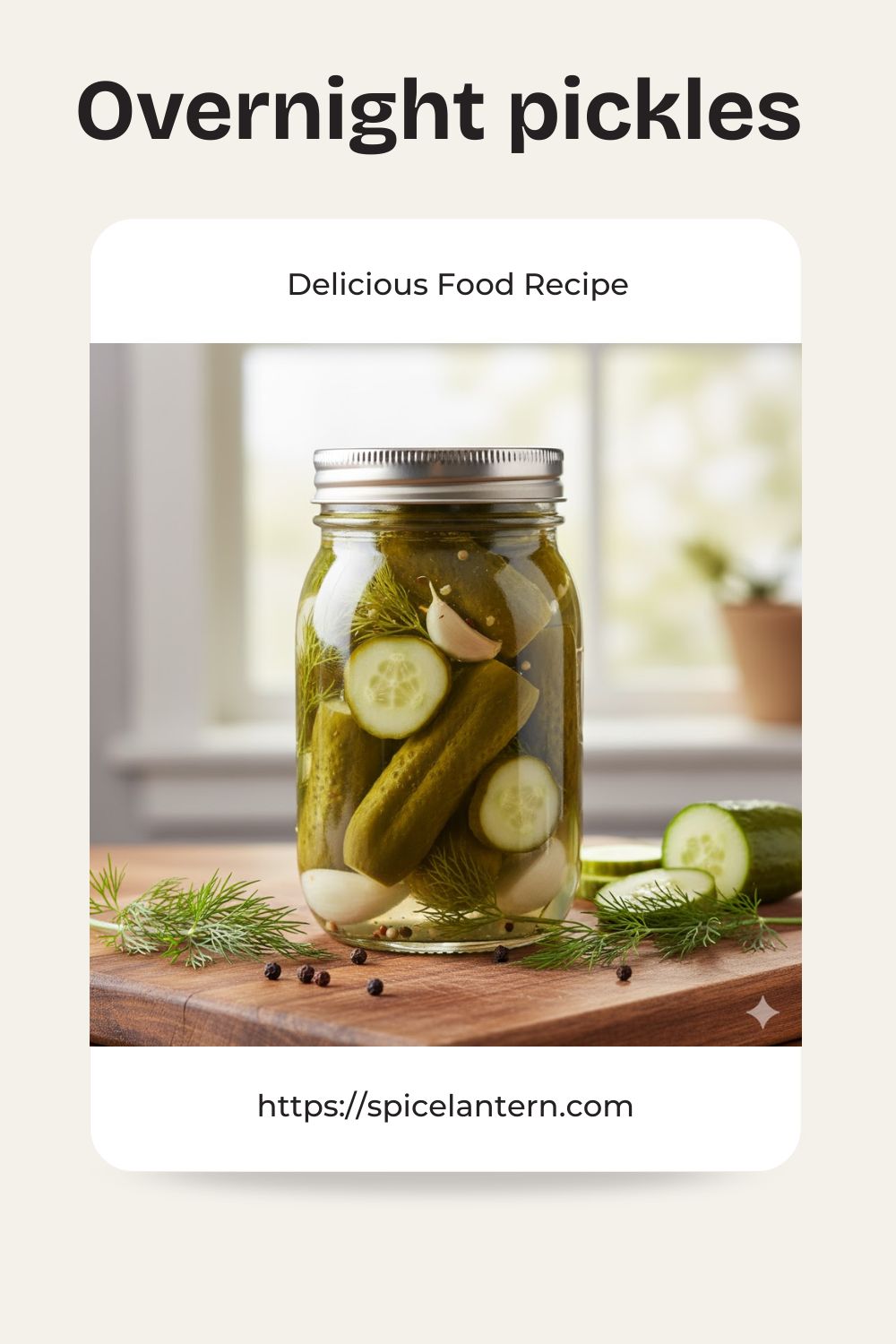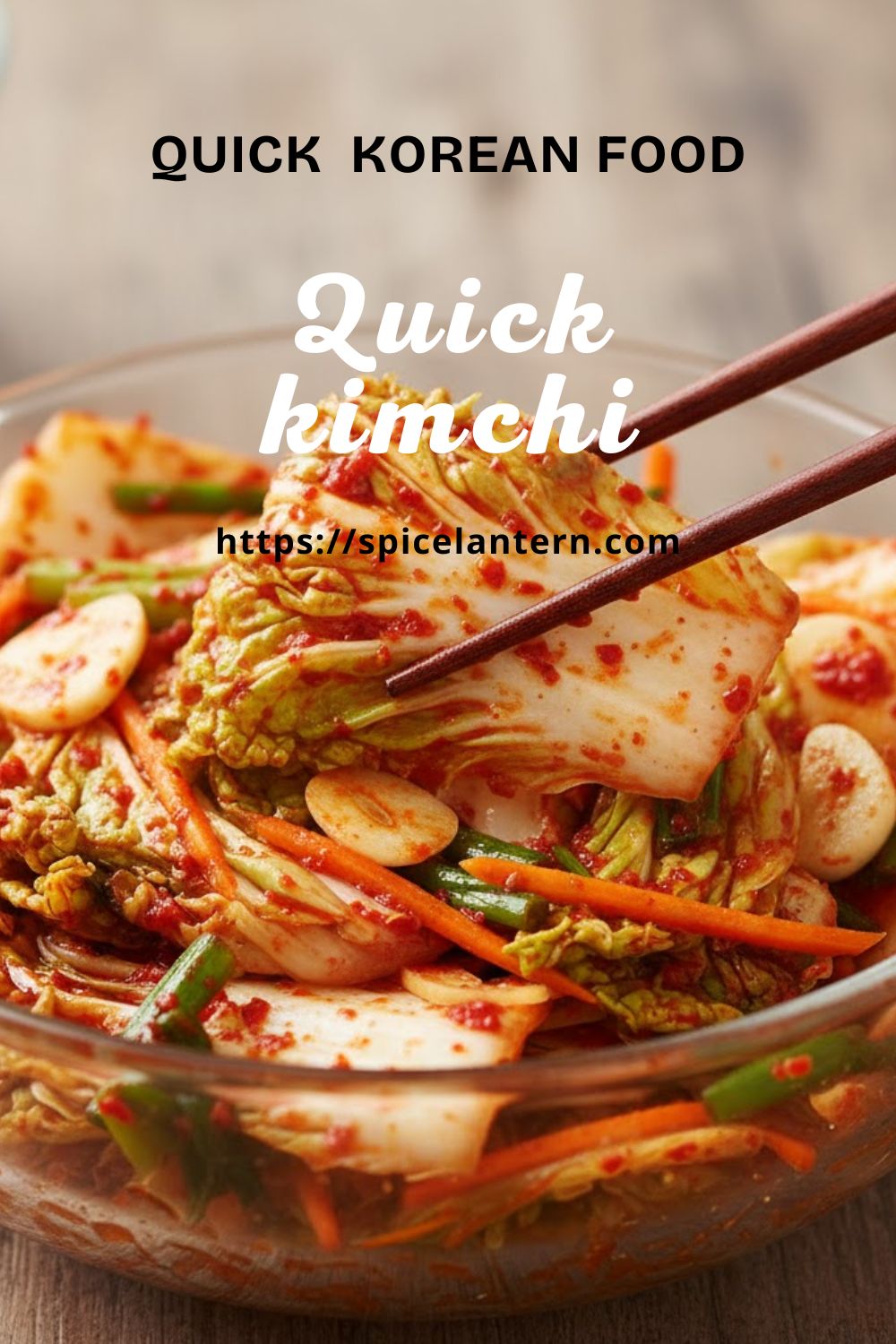Get Fermented Fast: The Ultimate Speedy Tepache Recipe (Your New Favorite Drink!)
Let’s talk about summer drinks. Are you still buying sugary sodas or overpriced kombucha? Bless your heart. What if I told you there’s a ridiculously easy, naturally fizzy, pineapple-spiced elixir that you can make with stuff you’d usually throw away? Yes, I’m talking about Speedy tepache! This traditional Mexican fermented drink is about to become your new obsession. Forget waiting weeks for fermentation; we’re getting you from pineapple scraps to bubbly bliss in mere days. Get ready to impress yourself (and maybe your TikTok followers).
Why This Speedy Tepache Recipe Is Your New Hydration Hero
Why bother fermenting anything when you can just open a can? Because this recipe is awesome, that’s why. It delivers a refreshing, tangy, subtly sweet, and naturally effervescent flavor that makes it way more interesting than plain water.
First, it’s ridiculously economical—we use pineapple peels, people! Second, it’s packed with beneficial probiotics (hello, happy gut!). Third, it’s incredibly versatile as a mixer, a mocktail, or a stand-alone refreshment. Plus, watching it ferment is oddly satisfying, like a science experiment you can drink. Seriously, who needs expensive artisanal beverages when you can brew your own delicious, probiotic-rich Speedy tepache at home?
Ingredients: Pineapple Power & Spice
The beauty of tepache lies in its simplicity. You mostly need parts of a pineapple you’d discard!
H3: The Fermentation Base
- Peels and Core of 1 Large Pineapple: Crucial! Use a ripe pineapple. Wash it well, but don’t scrub too hard – we need those wild yeasts!
- 1 cup Dark Brown Sugar: Packed. This is the food for our friendly fermentation microbes.
- 8 cups Filtered Water: Avoid chlorinated tap water! Chlorine can kill the beneficial bacteria needed for fermentation.
H3: The Flavor Boosters
- 2 Cinnamon Sticks: Adds a warm, classic Mexican flavor.
- 3-4 Whole Cloves (Optional): For an extra layer of warm spice.
Key Substitutions:
- Sweetener Swap: You can use piloncillo (Mexican brown sugar cones) for an even more authentic flavor. Granulated sugar or maple syrup will also work, but brown sugar adds depth.
- Spice Swap: Feel free to experiment! Try a few slices of fresh ginger, a star anise pod, or even a dried chili for a subtle kick.
- Water Swap: If you only have chlorinated tap water, boil it for 15 minutes, then let it cool completely before using.
Tools & Kitchen Gadgets Used: Your Fermentation Station
You don’t need fancy gear for this ancient brew.
- Large Glass Jar or Food-Grade Container (Gallon size or larger): Crucial! Glass is ideal for fermentation.
- Plastic Wrap or Coffee Filter & Rubber Band: For covering the jar. Do NOT use an airtight lid! Fermentation produces gas.
- Fine Mesh Sieve/Strainer: For straining out the solids.
- Bottles with Airtight Lids (Swing-top or Soda Bottles): For secondary fermentation (carbonation) and storage.
- Measuring Cups: For accurate ingredient ratios.
- Large Spoon: For stirring.
Step-by-Step Instructions: From Scraps to Sips
This is mostly a waiting game, but a quick and rewarding one! Just remember: don’t let it sit too long, or it turns into pineapple vinegar.
H3: Step 1: Prep Your Pineapple (Don’t Waste a Thing!)
First, give your pineapple a good rinse under cold water. Don’t scrub it with soap; we want those natural yeasts on the skin! Carefully peel the pineapple, creating strips of skin. Cube the pineapple flesh and save it for snacking (or make a delicious pineapple salsa!). Chop the core into a few pieces.
H3: Step 2: Assemble Your Brew
Place the pineapple peels and core, brown sugar, cinnamon sticks, and whole cloves (if using) into your large glass jar. Pour the filtered water over everything, making sure the pineapple bits are submerged. If they float, use a small plate or weight to keep them under the water (this helps prevent mold).
H3: Step 3: Cover & Ferment (Let the Magic Happen!)
Cover the mouth of the jar with plastic wrap or a coffee filter secured with a rubber band. This keeps bugs out but allows gases to escape. Place the jar in a warm spot (around $70-80^{\circ}\text{F}$ / $21-27^{\circ}\text{C}$) out of direct sunlight.
H3: Step 4: Stir & Watch for Bubbles (The Fermentation Dance)
Stir the mixture once a day for the next 24-72 hours. You’ll start to see small bubbles forming on the surface, and a white foam might appear. This is normal! You’ll also notice a distinct pineapple-y, slightly yeasty aroma. The longer it ferments, the more alcoholic and vinegary it gets. Taste it daily starting around 24 hours. When it tastes pleasantly sweet, tangy, and slightly fizzy, it’s ready for the next step.
H3: Step 5: Strain & Bottle (Say Goodbye to Solids)
Once your tepache tastes good, use the fine mesh sieve to strain out all the pineapple peels, spices, and any foamy bits. Discard the solids. You now have uncarbonated tepache!
H3: Step 6: Secondary Fermentation (Get that Fizz!)
Pour the strained tepache into your airtight bottles, leaving about 1 inch of headspace. Seal the bottles tightly. Let them sit at room temperature for another 12-24 hours. This is where it gets fizzy! “Burp” the bottles every few hours by gently opening the lid to release excess pressure, then resealing. This prevents bottle explosions (not fun, trust me).
H3: Step 7: Chill & Enjoy!
Once it reaches your desired fizziness (and remember to burp!), transfer the bottles to the refrigerator. Chilling slows down fermentation significantly. Serve your Speedy tepache over ice, perhaps with a squeeze of lime! You just made something amazing from kitchen scraps. Boom.
Calories & Nutritional Info: The Bubbly Breakdown
Tepache is a low-alcohol, naturally sweetened drink. These estimates are approximate per 8-ounce serving.
- Estimated Calories per serving (8 oz): 50-80 calories (varies with sugar consumed by yeast)
- Carbohydrates: 10-20g (mostly natural sugars from pineapple and added brown sugar)
- Sugar: 8-15g
- Alcohol Content: Very low, usually 0.5% – 2% ABV, comparable to kombucha.
- Probiotics: Contains beneficial bacteria due to fermentation.
- Vitamin C: Good source from the pineapple.
- The Bottom Line: A refreshing, healthy-ish beverage with a probiotic kick.
Common Mistakes to Avoid: Don’t Grow a Science Project!
Fermentation is forgiving, but a few rules ensure deliciousness, not danger.
- Using Chlorinated Water: Chlorine kills the wild yeasts and bacteria needed for fermentation. Use filtered or boiled-and-cooled water only.
- Airtight Lid During Primary Fermentation: NEVER use an airtight lid for the initial ferment! Gases build up, and your jar could explode. Use a breathable cover.
- Forgetting to “Burp” During Secondary Fermentation: Again, gas build-up! If you want fizzy, not explosive, release pressure from bottles every few hours while carbonating at room temp.
- Letting it Ferment Too Long: Over-fermented tepache turns vinegary and sometimes alcoholic. Taste it frequently and refrigerate it when it hits your sweet spot!
- Using a “Dirty” Pineapple: While we want natural yeasts, wash your pineapple to remove pesticides and obvious dirt. Don’t use a bruised or moldy pineapple.
Variations & Customizations: Your Flavor Playground
Once you’ve nailed the basic tepache, the world is your oyster!
- Spicy Ginger-Chili Tepache: Add 2-3 slices of fresh ginger and 1 dried arbol chili (or ½ jalapeño, sliced) to the primary fermentation. The heat adds a fantastic kick.
- Fruity Berry Blast Tepache: During secondary fermentation, add a few fresh berries (raspberries, blueberries) to each bottle. The berries provide extra sugar for carbonation and a lovely fruity note.
- Mint-Cucumber Refresher: After straining, mix in thinly sliced cucumber and fresh mint leaves before chilling. Strain again before serving for a super refreshing drink.
FAQ Section: Answering Your Bubbly Brew Questions
You’ve got questions about this exciting ferment. I’ve got answers.
H3: Q1: Is tepache alcoholic?
A1: Typically, no, or very low. Speedy tepache usually has an alcohol content of 0.5% to 2% ABV, similar to kombucha. If you let it ferment longer (over 4-5 days) and add more sugar, the alcohol content can increase.
H3: Q2: What does good tepache look and smell like?
A2: Good tepache looks cloudy, amber-colored, and will have visible bubbles forming. It smells distinctly of pineapple, slightly sweet, and yeasty. A sour or vinegary smell means it’s over-fermented.
H3: Q3: What is “burping” the bottles?
A3: “Burping” means gently opening the lid of a sealed bottle during secondary fermentation to release excess carbon dioxide gas, then quickly resealing it. This prevents bottle explosions.
H3: Q4: How do I know if my tepache went bad?
A4: If you see fuzzy, black, green, or pink mold growing on the surface (not just white foam, which is normal yeast), discard the entire batch. If it smells rotten, rancid, or like sour beer, it’s also a goner.
H3: Q5: Can I use different fruit peels?
A5: Pineapple peels are unique because they carry the specific wild yeasts needed for authentic tepache. Other fruit peels will ferment, but they won’t produce traditional tepache.
H3: Q6: How long does homemade tepache last?
A6: Once refrigerated, your Speedy tepache will last for 1-2 weeks. The flavor will continue to evolve, becoming tangier over time. Always keep it chilled to slow fermentation.
H3: Q7: What if my tepache isn’t fizzy?
A7: If your tepache isn’t fizzy, it might mean: 1) The temperature was too cold for fermentation; 2) You didn’t add enough sugar; or 3) You didn’t allow enough time for secondary fermentation in sealed bottles. Try moving it to a warmer spot or giving it another 12-24 hours in sealed bottles.
Final Thoughts: Sip Your Way to Pineapple Bliss!
You did it! You transformed humble pineapple scraps into a fizzy, tangy, utterly delightful Speedy tepache. Go ahead, pour yourself a cold glass over ice. Doesn’t that refreshing, subtly sweet, and probiotic-packed sip taste exactly like a victory? I knew it would. You are now the undisputed master of quick fermentation. Are you ever going back to boring drinks again? I highly doubt it. Enjoy your bubbly, tropical triumph!







